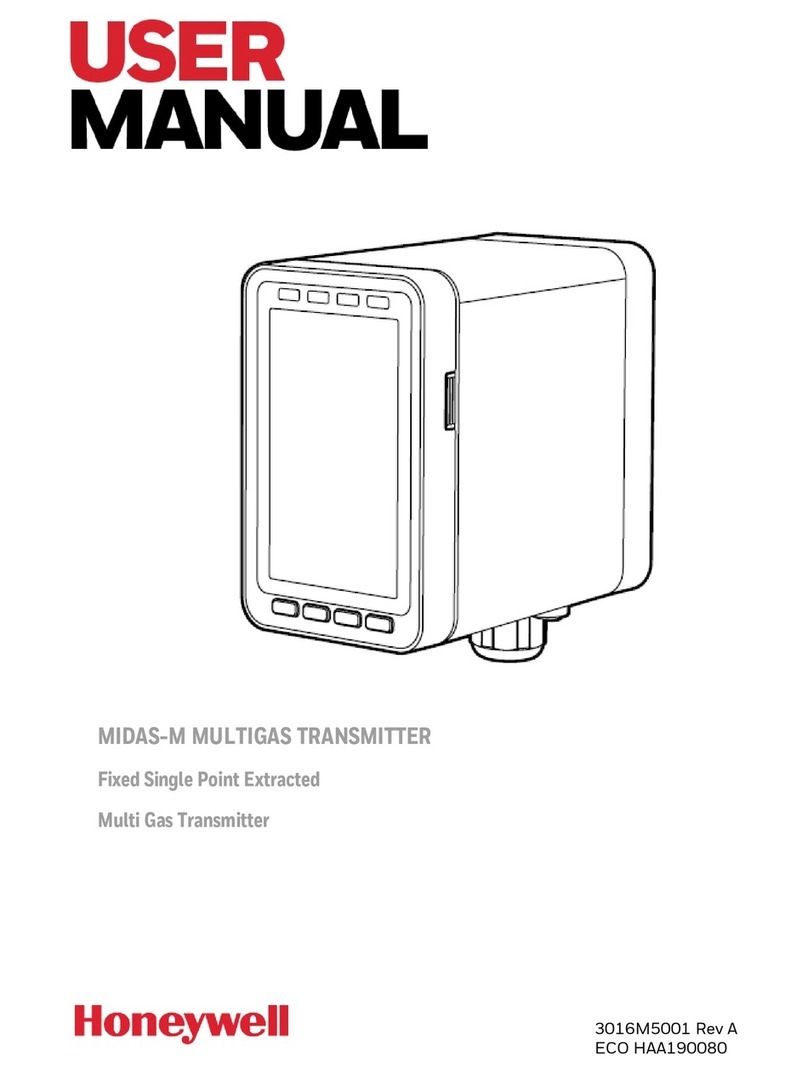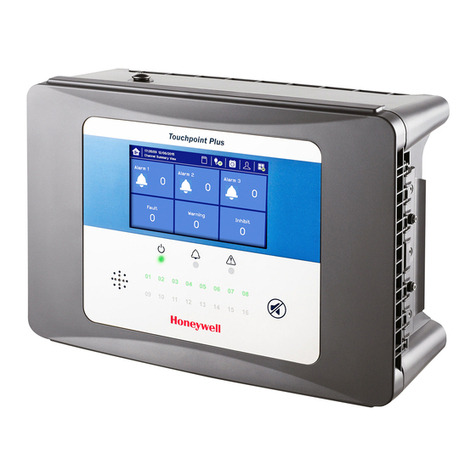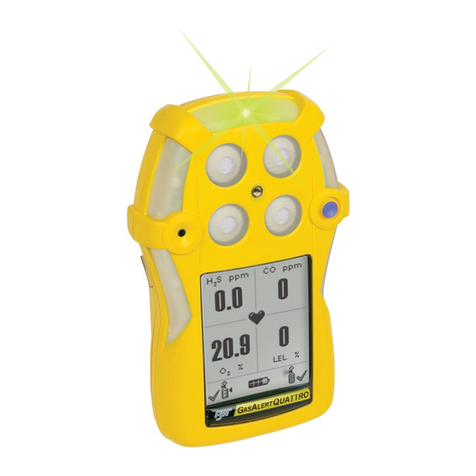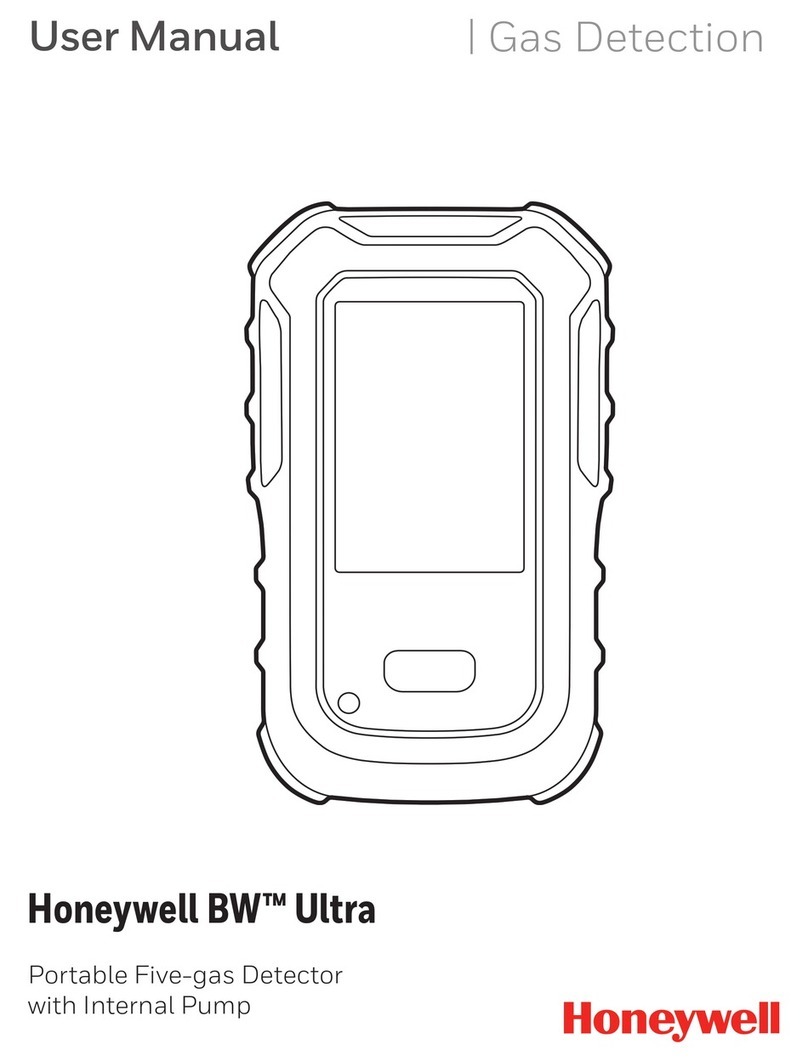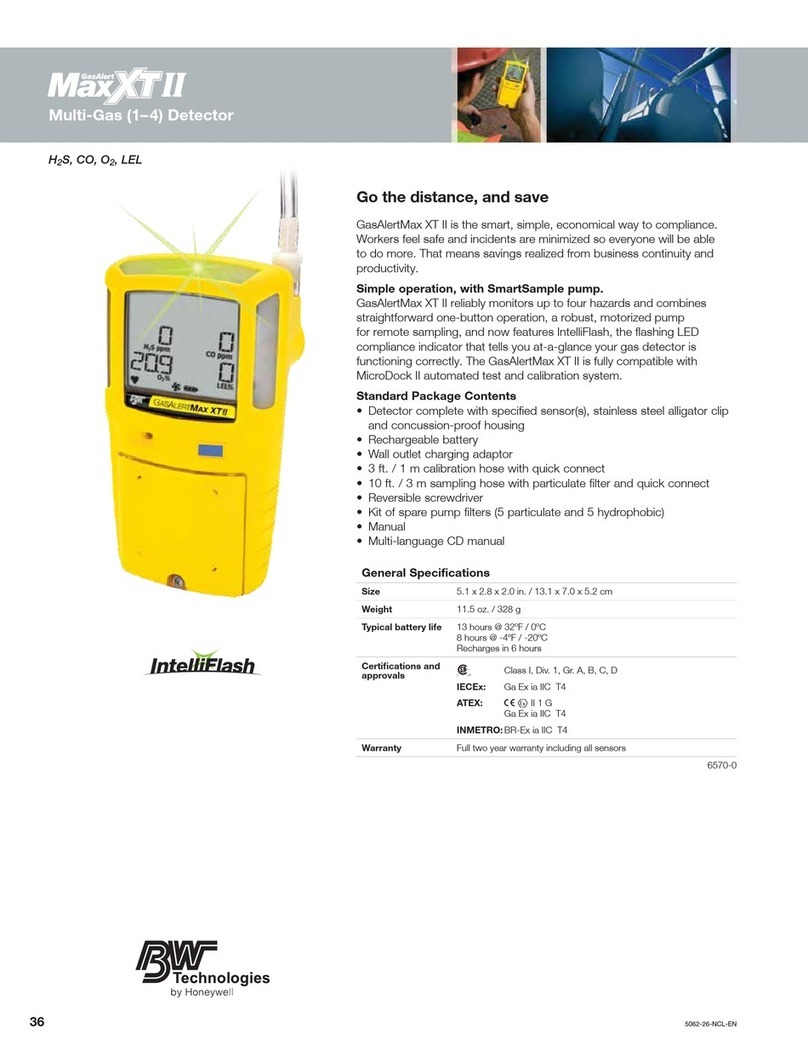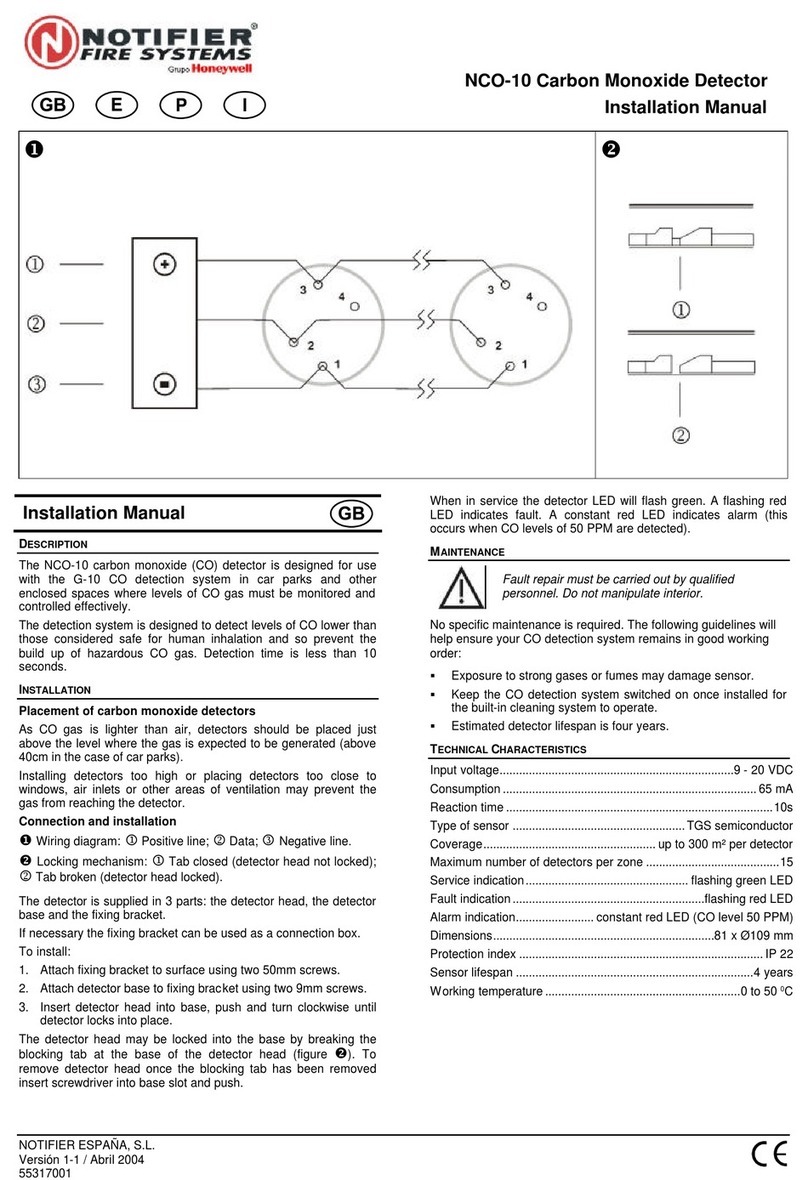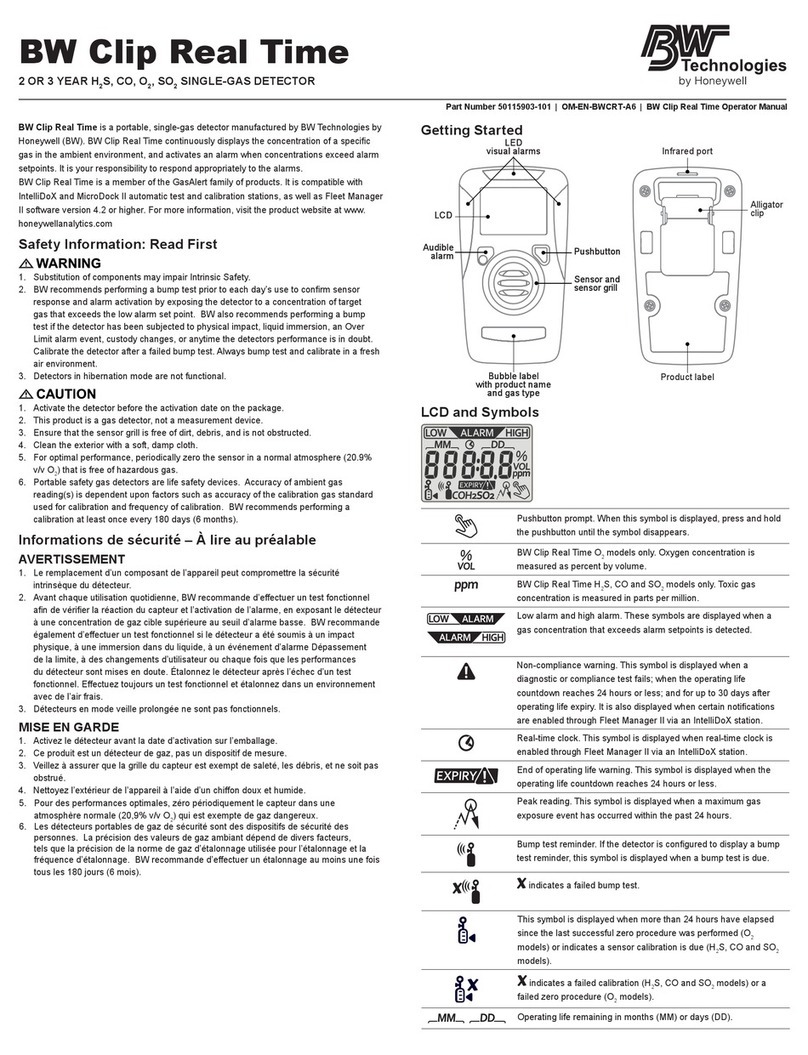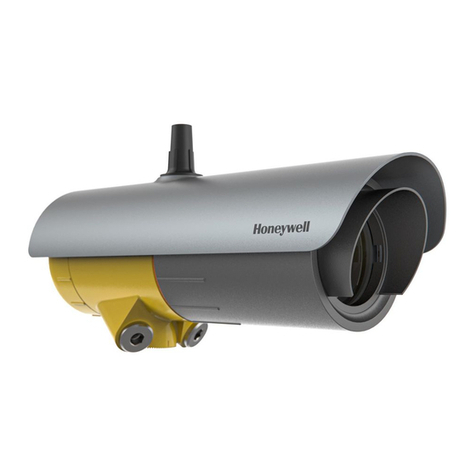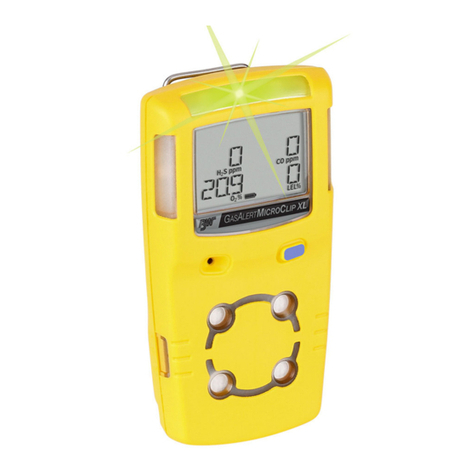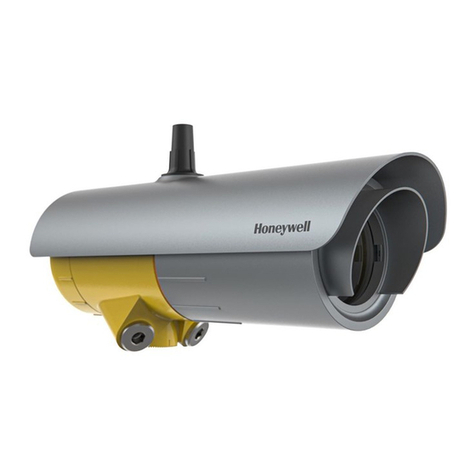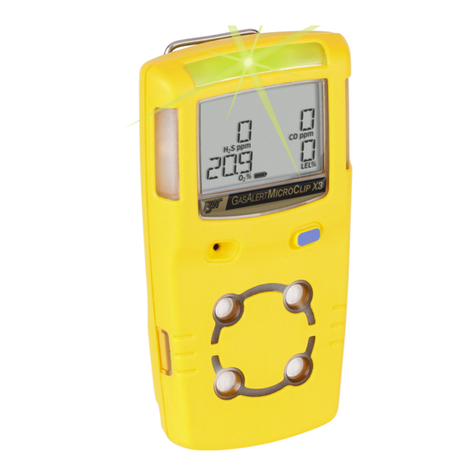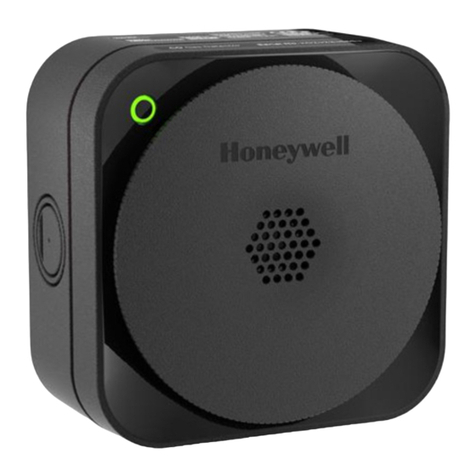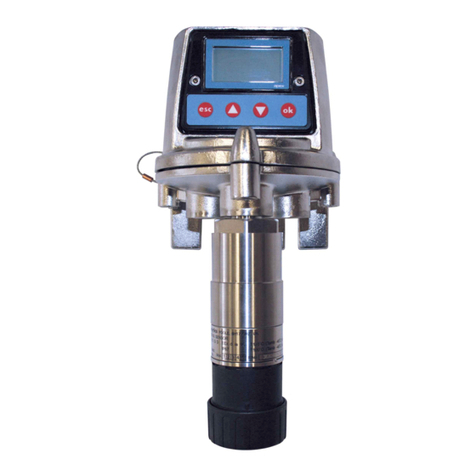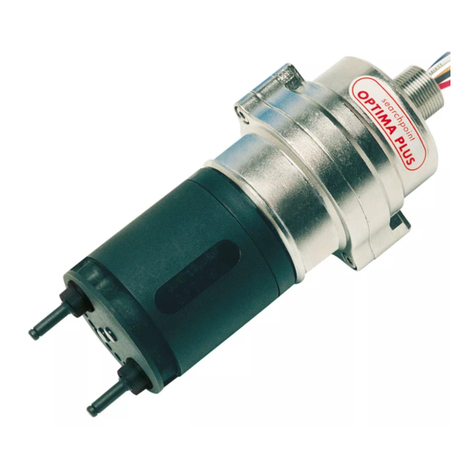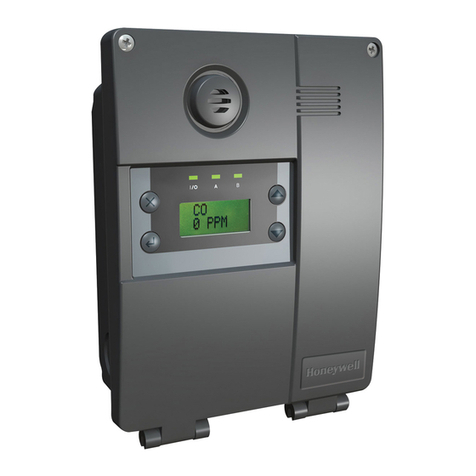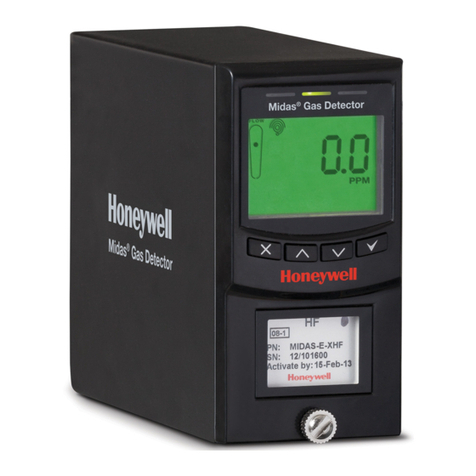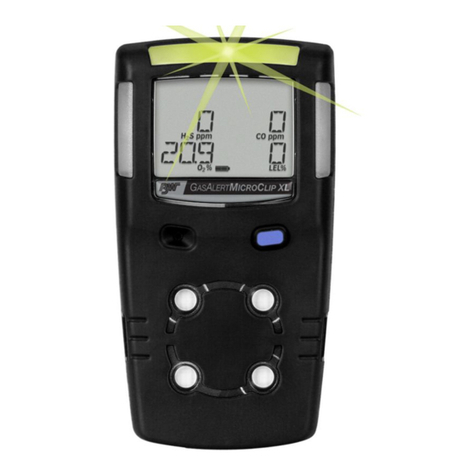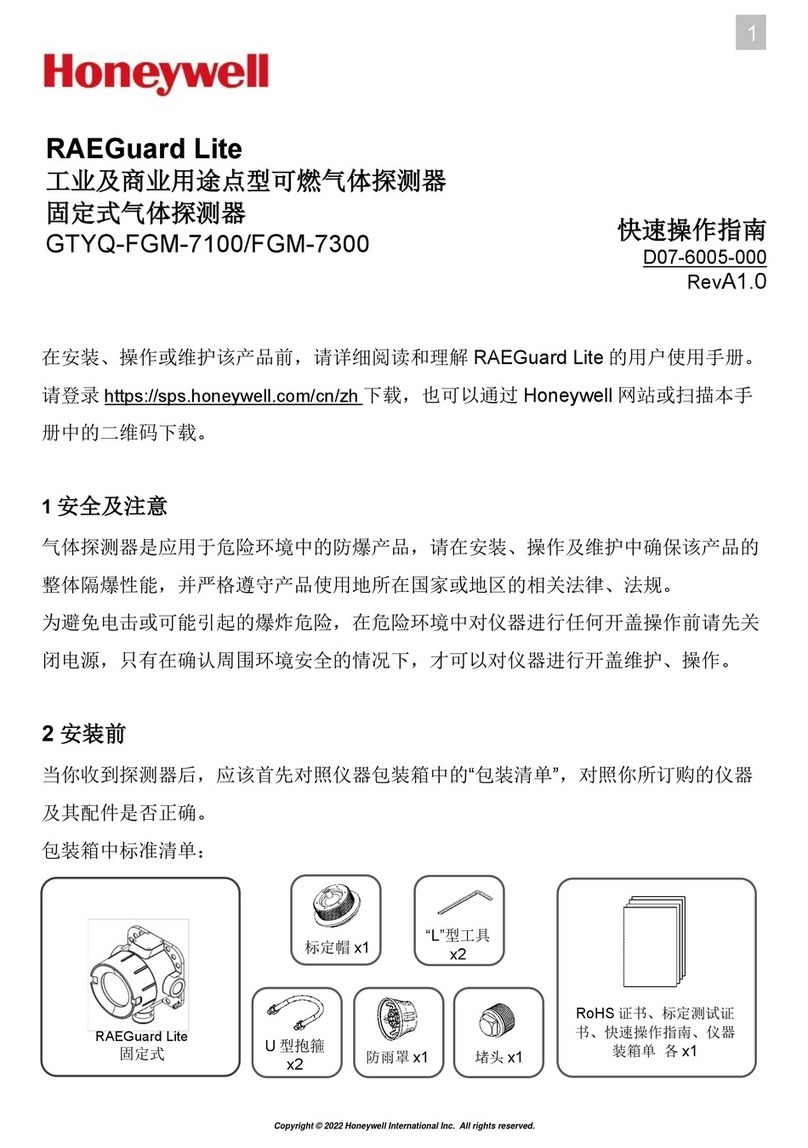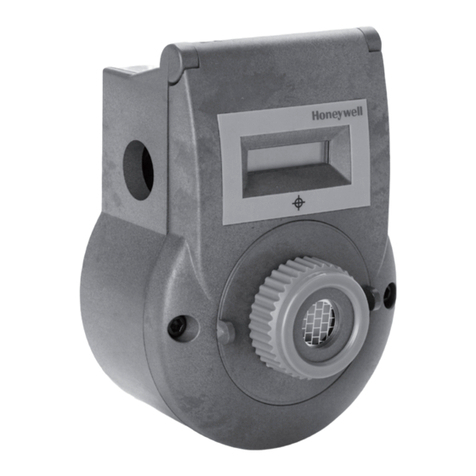
Press and hold [MODE]. A 5-second countdown to shut-
off begins. You must continue pressing on the key for the
entire shutoff process. If you remove your finger from the
key during the countdown, the shutoff operation is
canceled and the MultiRAE continues normal operation.
When the countdown ends and the screen displays “Unit
Off,” release your finger from the [MODE] key. The
MultiRAE is now off.
Testing The Alarms
Under normal-operation mode and non-alarm condi-
tions, the buzzer, vibration alarm, LED, and backlight
can be tested anytime by pressing [Y/+] once. If any
alarm does not respond, check the Alarm Settings in
Programming Mode to make sure all alarms are
enabled. If any alarms are enabled but are not
functional, do not use the instrument.
Bump Testing and Calibration Setup
MultiRAE can be automatically bump tested and
calibrated using the AutoRAE 2 Test and Calibration
System (refer to its User’s Guide for instructions).
Manually calibrate using a fixed-flow regulator (flow rate
between 0.5 and 1.0 liters per minute) and the supplied
special calibration adapter that covers the gas inlet:
1. Connect the gas cylinder, flow regulator, tubing
(must use Teflon tubing for PID sensor), and
calibration adapter to the MultiRAE.
2. With the MultiRAE in Normal Mode, enter
Programming Mode by pressing and holding both
[MODE] and [N/-] until the password screen appears.
3.Input the 4-digit password. (The default password is
“0000.” If you do not know the password, select
“Done.”) Then follow the menus to select single- or
multi-sensor bump test, zero, or span calibration.
Important! After a bump test or calibration, remove the
calibration adapter to ensure correct readings.
Zero & Fresh Air Calibration
The MultiRAE should be zero-calibrated in clean air
with 20.9% oxygen or with a cylinder of clean zero air.
In Programming Mode, select “Fresh Air.” Then:
Press [Y/+] to start a Fresh Air calibration for the listed
sensors. All are fresh-air calibrated at once.
To individually zero calibrate sensors:
1. Select “Single Sensor Zero” and select a sensor.
2. Press [Y/+] to select a sensor to zero calibrate.
3. Start the flow of the zero gas, if used, and press [Y/+].
4. The screen says, “Zeroing” and counts down.
5. When done, it says, “Zero Calibration Passed” (the
reading should be 0 or very close to it for VOC and toxic
gas sensors, and 20.9% Vol. for an oxygen sensor).
6. Shut off the flow of zero air (if used) and remove
the calibration adapter.
Note: If your MultiRAE is equipped with a CO2sensor,
it must be zero calibrated using 100% Nitrogen (N2), or
isobutylene, instead of fresh air or zero air.
Span Calibration
In Programming Mode, and with “Multi Sensor Span” or
“Single Sensor Span” highlighted:
1. Press [Y/+]. The screen displays the sensor(s) to be
calibrated.
· Multi: The list is shown.
· Single: Select a sensor and press [Y/+]
2. Attach the calibration adapter, and connect the
calibration gas cylinder’s flow regulator to the
MultiRAE, and start the gas flow.
3. Press [Y/+] to start calibration.
4. Upon completion, a pass/fail calibration result
appears and the readings are shown (they should be
within ±10% of the span gas value).
Note: If a VOC sensor is installed, a second
calibration can be performed to enhance linearity,
requiring different calibration gas.
5. Turn off the gas and remove the calibration
Bump (Functional) Testing
Bump test to confirm that the sensors and alarms are
functional.
Important! Test the alarms, as described in panel 6
(above), prior to performing a bump test.
Important! Make sure all sensors have warmed up
before performing the bump test. You can tell a
sensor has warmed up if you see a reading next to it
name on the display. If it has not warmed up, you see
three dashes next to it.
With the MultiRAE in Normal Mode:
1. Enter the Bump Test menu. Follow instructions in
panel 7 (above) or use the easy shortcut: Press
both the [Y/+] and [N/-] buttons at the same time
and hold them for 5 seconds. The Multi-Bump
menu then appears
2. The bump test process consists of two steps, each
requiring its own calibration gas. The LEL and O2
sensors are tested first, followed by the PID sensor.
Press [Y/+] to start the bump test. While the bump
test is being performed, the readings for each
sensor are shown.
3. Once the bump test completes, pass/fail results are
shown for each sensor.
4. Press OK to proceed to the PID sensor test.
Connect Isobutylene gas and press [Y/+] to start the
test. After the test completes, pass/fail results are
shown.
5. Press OK to return to the main measurement
screen.
6. Turn off the gas flow.
7. Remove the calibration adapter.
P/N: M01-4059-000 Rev A 201909
